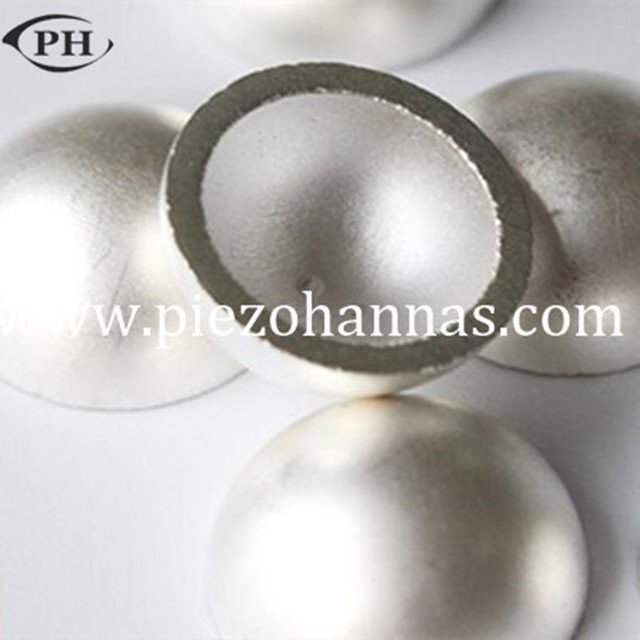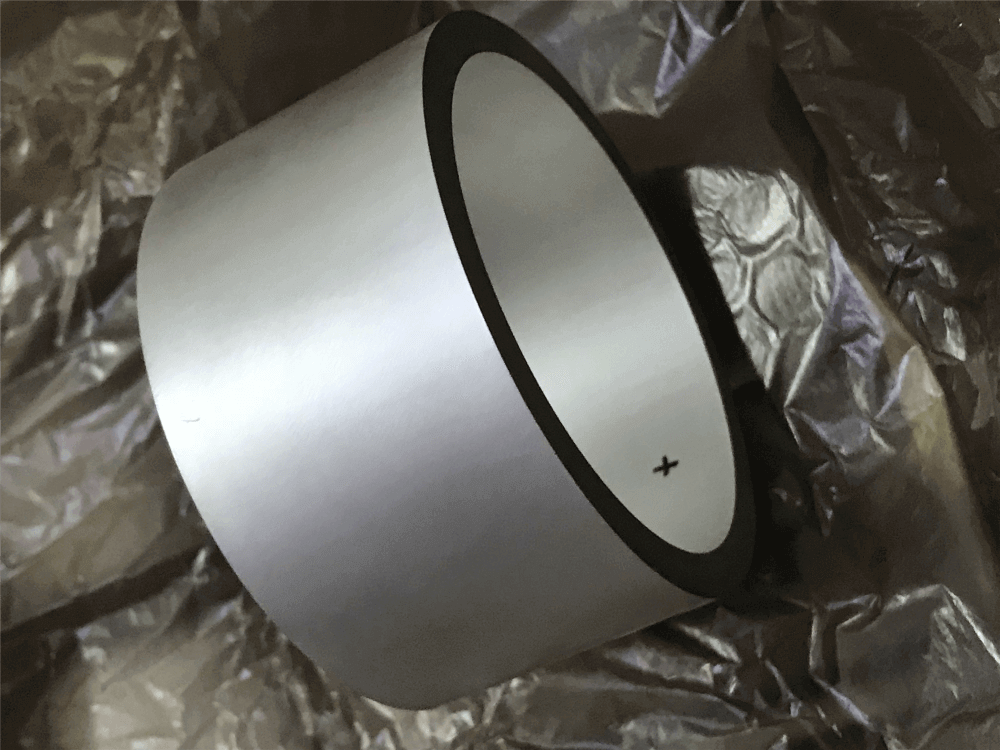
- #Piezo crystal op amp serial#
- #Piezo crystal op amp full#
- #Piezo crystal op amp code#
- #Piezo crystal op amp series#
Serial. DIGITAL INPUTS LOOP - adjust how many digital inputs are read
#Piezo crystal op amp full#
Hit = 127 / ((1023 - PadCutOff) / (hit - PadCutOff)) // With full range (Too sensitive ?)
#Piezo crystal op amp serial#
Serial.begin(31250) // connect to the serial port 31250 Simple, low-noise piezo driver with feed-forward for broad tuning of external cavity diode lasers.
#Piezo crystal op amp code#
Here is the code (courtesy of SpikenzieLabs): unsigned char PadNote = // Counter since pad started to play (digital pins) The impact creates a large voltage across the crystal, which flows. When the hammer reaches the top, it releases and strikes the crystal as the gas is turned on. When you push the button, it makes a small, spring-powered hammer rise off the surface of the piezo crystal. Couldn't it simply be that I'm losing some values because the Arduino has some code to execute in between two readings? I wonder if it'd be more sensitive to capture 10 values for each reading and only keep the max? Pretty much any lighter with a push button is powered by piezoelectricity. The breadboard with the piezo crystals, FET and op-amp is in the foreground. The full experimental set up can be seen below. What could I do to hold the peak to make sure I read it better and more accurately? Would a capacitor help? The piezo crystal is represented by the 20pF capacitor. It looks like at best I get 2 cycles worth of reading. I read the signal with a simple analogRead(pin) where pin is the iterator of a for(int pin=0 pin 16)ĭelay(100) // delay to avoid overloading the serial port buffer When speaking about actuators, the phrase “piezoelectric effect” is often used – strictly speaking, it should be called “inverse piezoelectric effect”.Am I sure I need an amplifier? That's a good question. For the electrostrictive effect the materials used are PMN (lead-magnesium-niobate). This tells us that, due to its high output impedance, we need buffering immediately after the piezo which, can be be easily done with an op amp Then, with a scope, I measured the peak to peak voltage of the Piezo discs, which is approximately -3.6V to +3V, when plunking the strings as hard as I could. Materials for piezoelectric actuators are PZT (lead-zirconium-titanate). For actuators, the inverse piezoelectric effect was applied with the development of special ceramic materials. The first applications were in ultra sonic systems for underwater test and also underwater communications. Lippmann predicted this inverse piezoelectric effect and the Curie brothers were the first to experimentally demonstrate it. Piezoelectric transducer disc The circuit of the device chiefly a Darlington transistor (Figure 2), an amplifier (dual op-amp) (Figure 3), a full wave. This dipole moment creates an electric field across the piezoelectric crystals. These vibrations create an electrical current in the piezo pickup, which can be recorded or amplified as sound. When the instrument is played, the sound makes it vibrate. The pickup is attached to the instrument. An applied voltage to a piezoelectric material can cause a change of the dimensions of the material, thereby generating a motion. 9.0 Piezoelectric amplifiers at PD (PiezoData Inc.) R&D Co., Ltd. A piezo pickup is a strip of piezoelectric material connected to two wires. Modern applications of the piezoelectric effect can be found in sensors for force and acceleration, musical discs, microphones, and also in lighters.

It was found by examination of the crystal TOURMALINE.

The Curie brothers first discovered piezoelectricity in 1880.
#Piezo crystal op amp series#
You need to put this into a load which is higher than the impedance of the series capacitor at the lowest frequency of interest. By generating forces F to the piezoelectric material, the volume (bulk) of the material will be approximately constant. A piezo element can be thought of as a sound-dependent voltage source in series with a large capacitance of about 15nF.


 0 kommentar(er)
0 kommentar(er)
